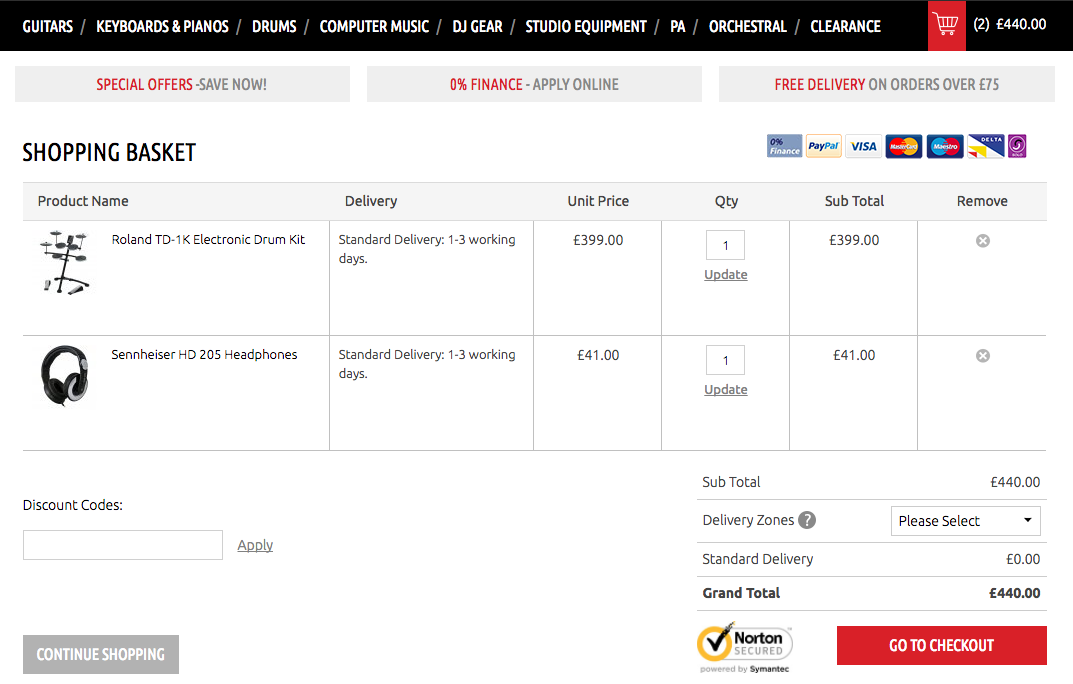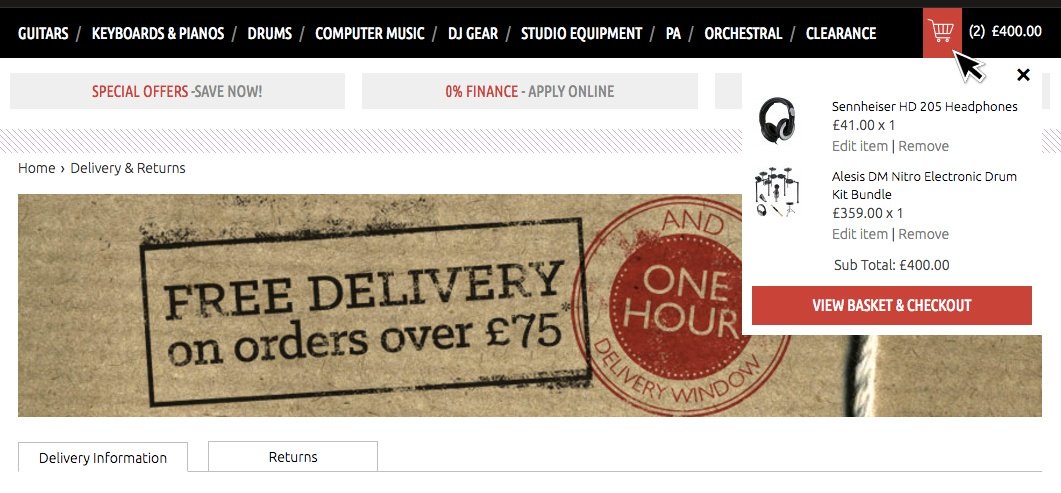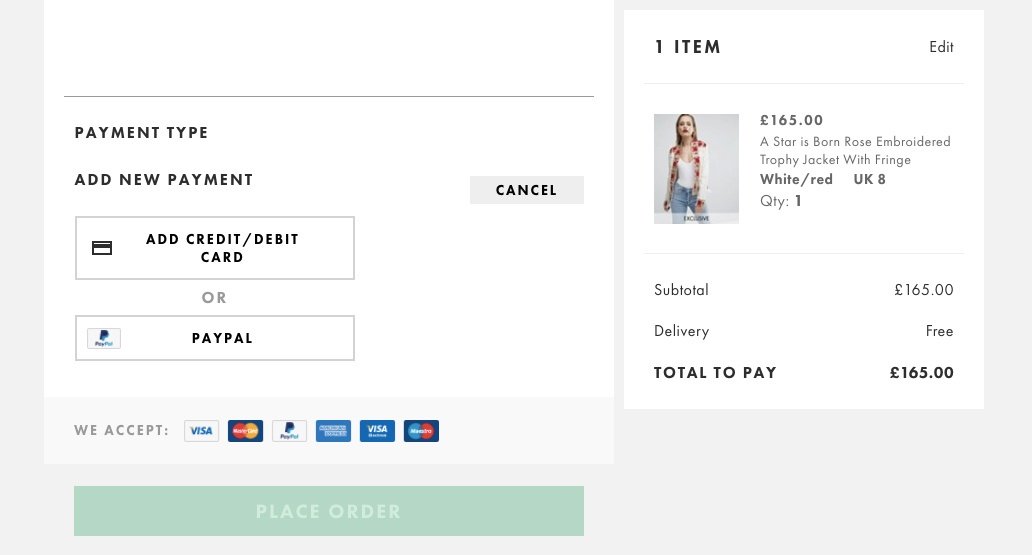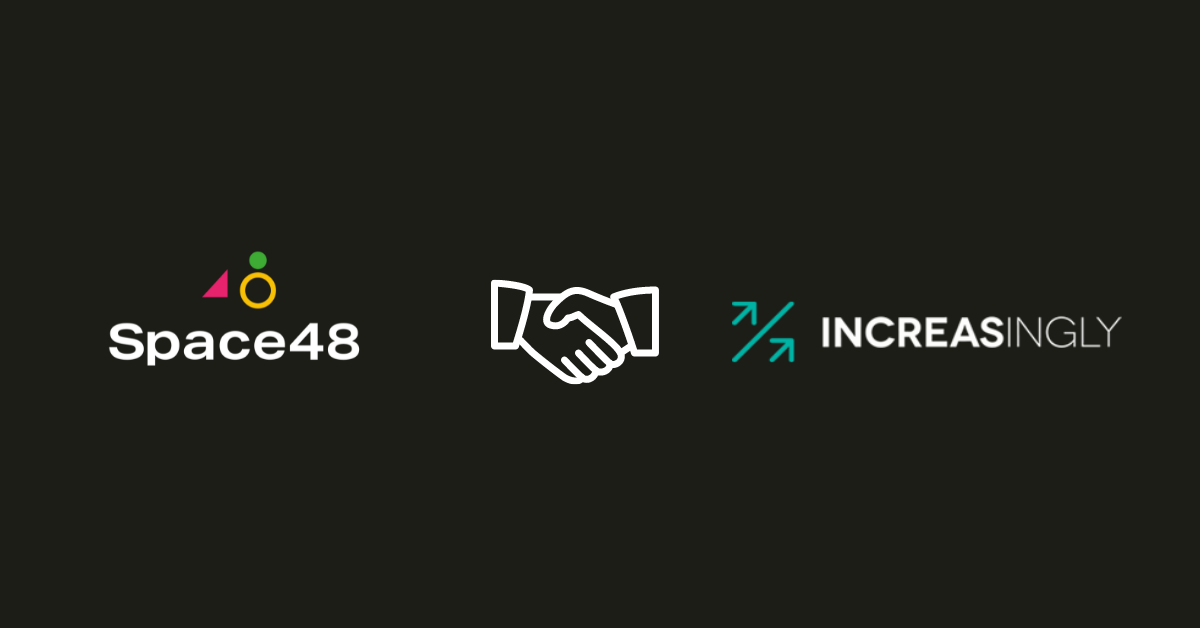
6 ways to streamline your customer checkout to increase conversions
Getting customers to the checkout stage on your ecommerce store requires easy navigation, quality product display, well-structured categorisation and clear calls to action. Achieving a high conversion rate relies on an optimised checkout process.
Here we explain some of the key principles for creating a streamlined and customer-friendly checkout experience to help increase your conversion rate:
Ensure a smooth route to purchase
Keep continuity throughout the checkout process and demonstrate a clear route to purchase. Step-by-step visual progress graphics, for example, are a great way to keep customers moving forward in the process. Try not to bombard customers with too much information or confusing options, which may stall their progress. It’s beneficial for customer experience to allow consumers to edit carts if required, but ensure you make it easy to go back to the checkout process, so it’s quick and simple to move forward again once carts have been edited.

Display a clear and consistent order summary
Although it’s best to avoid giving customers too much content to view or read during checkout, as it can slow down checkout progress or even cause cart abandonment, it’s crucial to display clear and easy-to-consume details about the products in their carts, delivery options and costs.
Short, sharp summaries containing the key product attributes and images should be clearly presented to customers. Fast calculation functionality, for customers switching between delivery options and cart editing, is also important for customer experience and continuity.
Neat, boxed-off order summaries with a clear breakdown of costs and totals are helpful for customers to understand exactly what they are buying, so there are no surprises at the final checkout stage. Work with experienced ecommerce developers to implement design and functionality changes. Here are a couple of examples of simple and clear order summaries at point of purchase from Dawsons:


Remove unnecessary distractions
Quick and well-structured navigation and search options are all important in the product browsing stage, but during the checkout process you want to limit navigation options as much as possible. As mentioned previously, you need to deliver a smooth route to purchase. Visual distractions and unnecessary navigational links can disrupt this journey to purchase and hinder conversions.
There are exceptions, as some innovative personalisation strategies deliver recommendations to returning customers during checkout, which allow customers to add recommended products to cart whilst in the checkout process without navigating away. However, careful attention needs to be paid here to design and layout to ensuring the upselling process isn’t a barrier to the original conversion.
Reduce the number of clicks
Whilst streamlining your store’s checkout process, it’s important to remove unnecessary steps and reduce the number of clicks required of customers to make a purchase. The Magento 2 platform makes a two-step checkout process possible for ecommerce stores, due to its improved functionality and by setting guest checkout as default.
Fewer clicks mean a quicker checkout, which aligns with modern consumer trends and the increased number of mobile customers. Without compromising the ability to build customer relationships and track new users, Magento 2 has enabled stores to deliver super-fast checkout. Email recognition technology and post-purchase customer account sign-up ensure relevant data and customer details can be captured without slowing down the checkout experience.
Optimise the payment process
The clear and streamlined checkout process should be mirrored by a quick and easy payment process. To optimise your payment process, we recommend that you carry out research into your target audience to gain key insights into your customers’ preferred payment methods and preferences. Incorporate these insights into any selection process for payment gateways integrations and ensure that you provide your customers with the optimum balance of speed, trust and choice at the payment stage.

Ideally you should try to keep customers on your site during payment processing, but it depends on the requirements and priorities of your business. For more on payment gateway integrations, read our following blog: 4 things to consider when selecting Magento 2 payment integrations.
Don’t forget post-purchase engagement
We touched upon Magento 2’s post-purchase customer account set-up and it’s important to focus on post-purchase interactions, as they are effective ways to encourage future sales and conversions. New or existing customers completing transactions with guest checkout will be delighted by the ease of your streamlined checkout process and will enjoy a good customer experience. Communications with customers after conversions take place are perfect nurturing opportunities. Customers are more receptive to engagements with your brand and could be eager to learn more or receive tailored content and personalised recommendations in the future. Remember, one-off conversions are not cost-effective. Your long-term strategy must look to increase your customer lifetime value (CLV).
Summary
The smoother you make your checkout process the more conversions you are likely to achieve. Remove distractions, reduce clicks and optimise your payment process, whilst maintaining clear and consistent order summaries. A checkout process light on friction and obstacles will inevitably lead to more conversions and happier customers, who are encouraged to return to your store and engage with your brand communications.
If you found this helpful, take a look at these relevant blogs:
5 Essential Key Performance Indicators (KPIs) for Ecommerce
6 Strategic Ways to Improve Your Ecommerce Store’s Performance
Space 48 is an UK-based ecommerce consultancy, specialising in Magento and Magento 2, which enables businesses to develop and improve their ecommerce websites. We can arrange an audit of your ecommerce store to help you assess the opportunities to improve your site’s functionality and performance.





